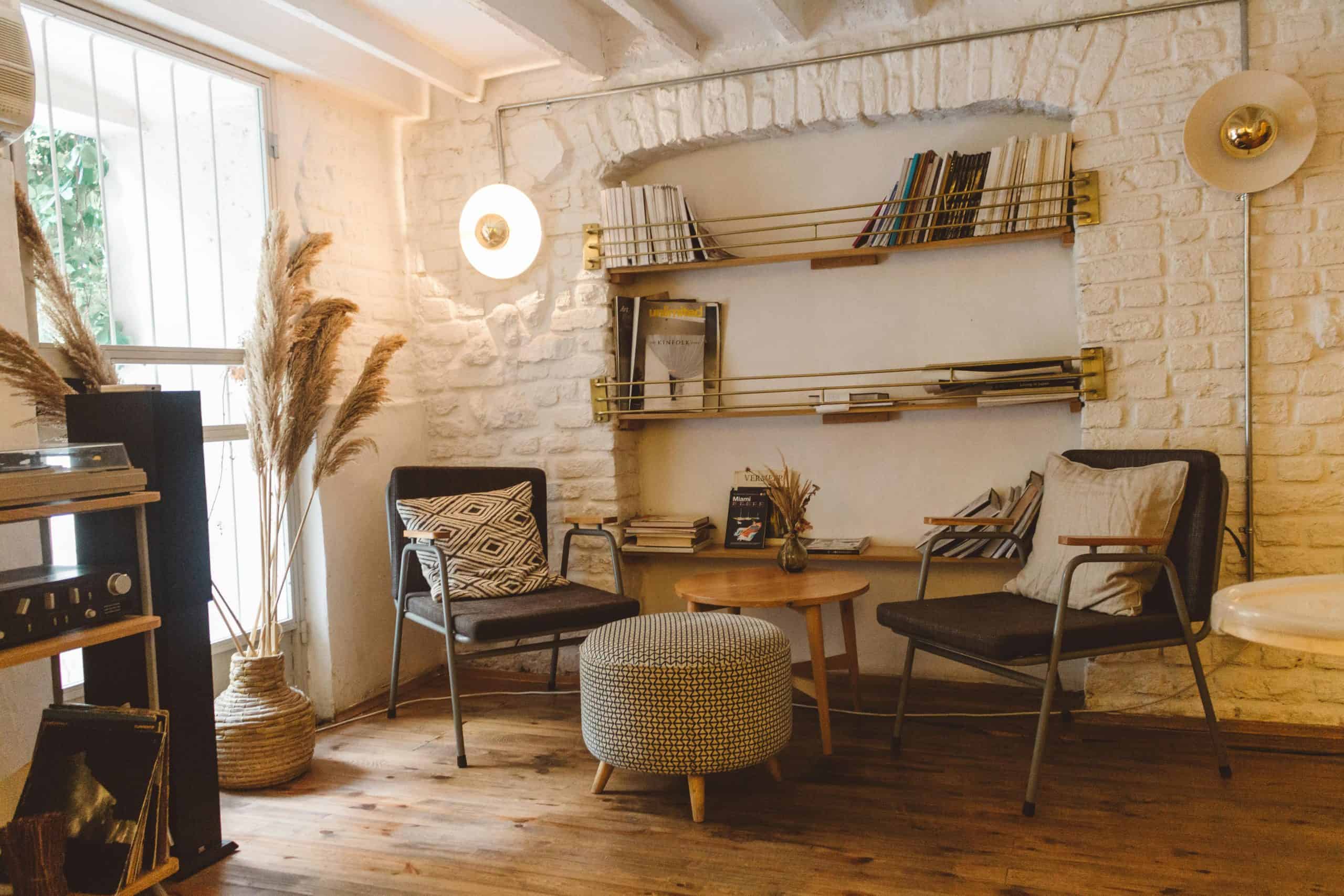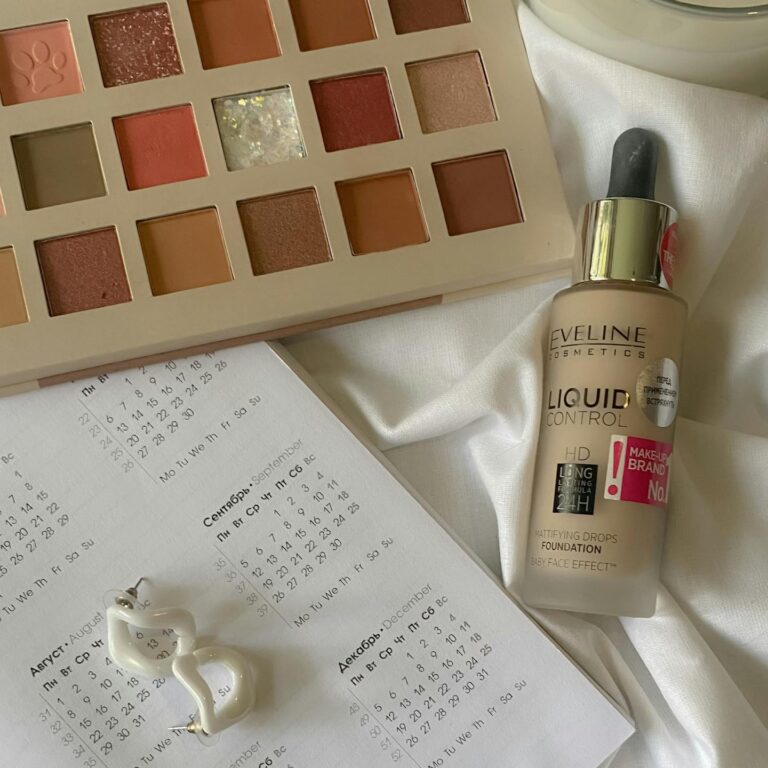These 6 Ultimate Mistakes Can Make Your Home Feel Smaller, Designers Warn
Look, we need to talk. Your living space might actually be bigger than it feels, but certain design choices are playing tricks on your brain—and not the good kind. After seeing countless spaces that make your home feel smaller, more cramped than a subway car during rush hour, I’ve identified the usual suspects that are making your place feel like a shoebox when it doesn’t have to.
Let’s be real here: most people think they need a bigger place when what they really need is to stop making these rookie mistakes that are visually chopping their square footage in half.
The Dark Side: Why Your Color Choices Are Working Against You
Here’s the thing about dark colors—they’re not inherently evil, but they’re definitely not doing you any favors in the space department. While that moody charcoal accent wall might look Instagram-worthy, it’s essentially telling light to pack its bags and leave the room. Dark hues absorb light like a black hole, creating shadows that make your home feel smaller and walls feel like they’re closing in on you.
The psychology behind this is pretty straightforward: our brains associate brightness with openness and darkness with confinement. So when you paint your entire living room in deep navy or forest green, you’re essentially putting your space on a visual diet it never asked for.
Instead, try lighter shades that reflect light around the room. Think soft grays, warm whites, or gentle pastels. These colors bounce light around like a ping-pong ball, creating the illusion that your walls have mysteriously moved outward overnight.
Furniture Tetris: When More Isn’t Merrier

Nothing screams “I have no idea what I’m doing” quite like cramming every piece of furniture you own into one room. I get it—you love that vintage armchair, and yes, the coffee table was a steal at that estate sale. But here’s a reality check: if you need to turn sideways to navigate your living room, you’ve officially crossed into furniture hoarder territory.
The secret sauce? Choose fewer, more versatile pieces that serve multiple purposes. That ottoman can be seating, storage, and a footrest all rolled into one. A dining table that doubles as a workspace? Genius. It’s like having furniture that went to college and actually learned something useful.
The Great Blockade: Furniture Placement Fails
Picture this: you walk into a room and immediately feel like you’re in an obstacle course designed by someone who clearly doesn’t like people moving freely. Furniture blocking doorways and windows isn’t just annoying—it’s visually making your home feel smaller.
Windows are like your room’s lungs, bringing in natural light and connecting you to the outside world. When you park a bookshelf in front of them, you’re essentially making your home feel smaller, holding its breath. Similarly, blocking doorways creates visual bottlenecks that make your brain think “cramped” before you’ve even fully entered the room.
The fix? Create clear pathways and let those windows breathe. Your space will thank you by feeling instantly more open and welcoming.
Surface Tension: The Clutter Catastrophe
Let me paint you a picture of visual chaos: every surface in your space covered with random objects, mail, decorative items, and things that probably should have been put away three weeks ago. This isn’t “lived-in charm”—it’s sensory overload that makes your home feel smaller and more stressful than it needs to be.
Your brain processes visual information constantly, and when it’s bombarded with clutter, it interprets the space as busy, cramped, and overwhelming. It’s like trying to have a conversation in a room full of people all talking at once.
The solution isn’t to go full minimalist monk (unless that’s your vibe), but rather to be strategic about what you display. Choose a few meaningful pieces for each surface and give them room to breathe. Everything else can find a proper home in storage.
Rug Geometry: Size Matters More Than You Think

Here’s where things get mathematically frustrating: choosing the wrong rug size is like wearing shoes that are two sizes too small—technically functional, but uncomfortable and weird-looking. A tiny rug floating in the middle of a room like a sad little island makes the entire home feel smaller and disconnected.
The general rule? In living areas, your rug should be large enough for at least the front legs of your furniture to sit on it. In dining rooms, it should extend beyond the table and chairs. This creates visual cohesion and makes your room feel intentionally designed rather than accidentally assembled.
The Filling Station: When Every Inch Is Occupied
Some people have this compulsive need to fill every available space in their rooms, as if empty floor space is somehow offensive. News flash: negative space is not the enemy. In fact, it’s one of your most powerful design tools for making a room feel larger and more sophisticated.
Empty space gives your eyes places to rest and creates a sense of calm and openness. It’s like the pause between musical notes—without it, everything becomes noise. Strategic empty areas make the spaces you do fill feel more intentional and impactful.
The Bottom Line: Space Is a State of Mind
Here’s the brutal truth: your space probably isn’t as small as these design mistakes are making it feel. Most of these issues come down to working against the natural flow of light, movement, and visual perception rather than with it.
The good news? These are all fixable problems that don’t require a sledgehammer or a second mortgage. Sometimes the difference between a cramped space and an airy one is as simple as swapping out paint colors, rearranging furniture, or having the courage to put away half your decorative objects.
Remember, good design isn’t about following rules blindly—it’s about understanding how spaces work and making choices that enhance rather than fight against the natural characteristics of your room and making your home feel smaller. Your space has potential; it’s just been held back by a few well-intentioned but misguided decisions.







